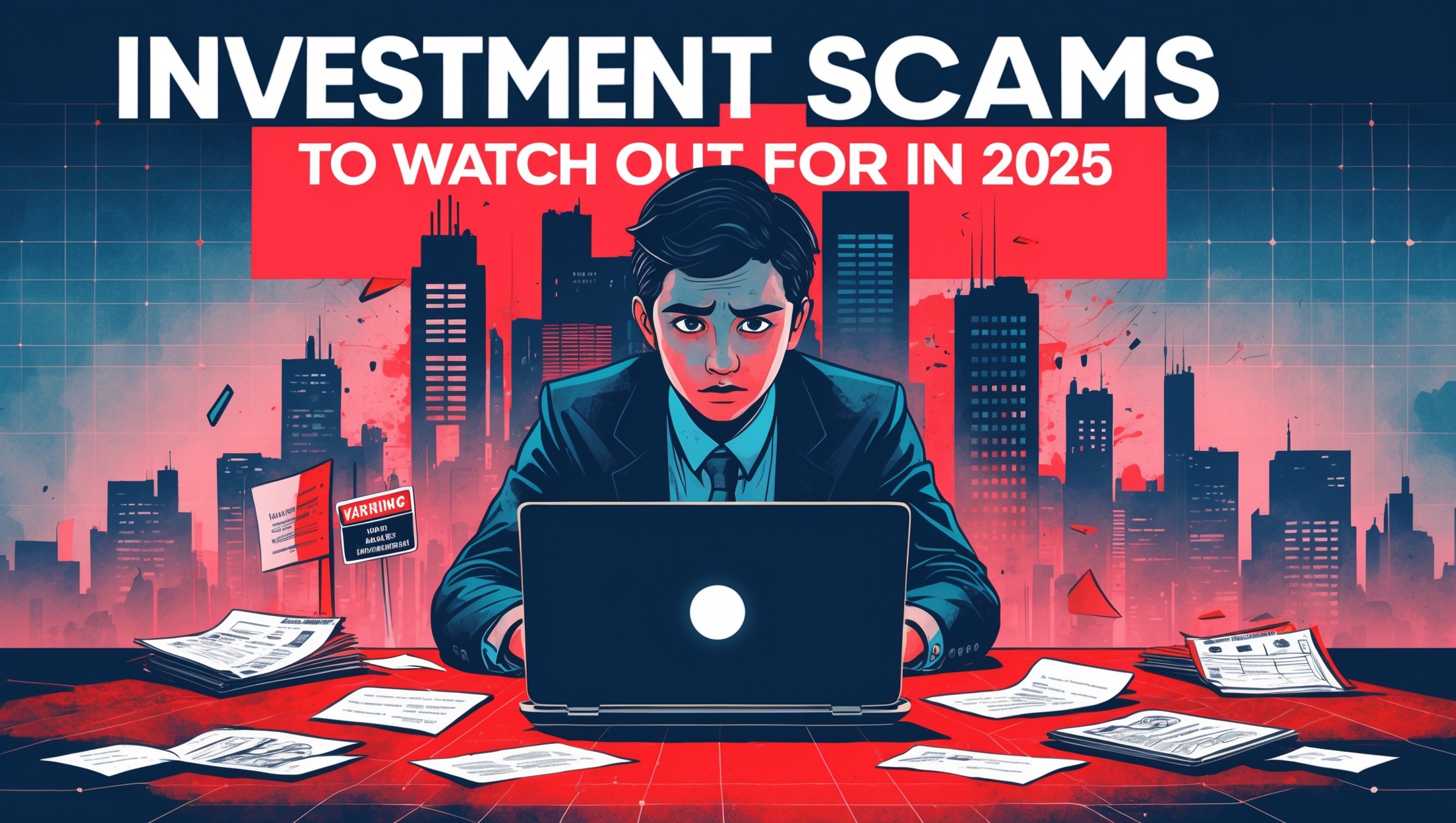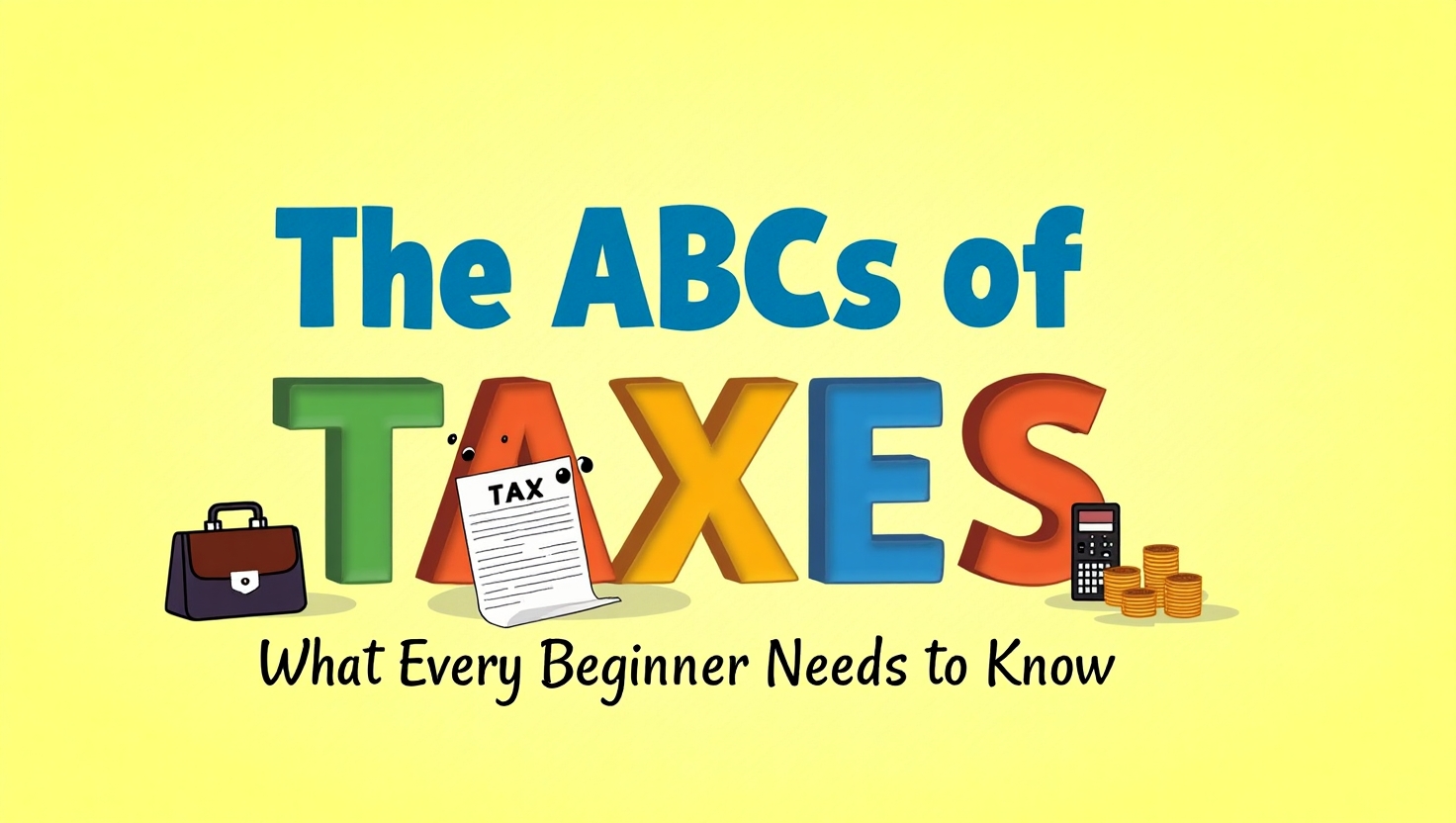In today’s fast-paced world, getting quality sleep can feel like a luxury. Between busy schedules, screen time, and everyday stress, many people struggle to fall asleep and stay asleep. Fortunately, technology isn’t just part of the problem — it can also be part of the solution. A new wave of tech-enhanced sleep gadgets is helping people enjoy deeper, more restful sleep.
Whether you deal with insomnia, restlessness, or just want to improve your sleep quality, here are some of the most popular and effective tools designed to help you rest better — naturally and effortlessly.
1. Smart Sleep Trackers
Sleep trackers are one of the most common tools for improving rest. These gadgets monitor your body while you sleep and give you detailed insights in the morning.
How they help:
-
Track sleep cycles, including light, deep, and REM sleep
-
Detect snoring, movement, or interruptions
-
Provide personalized tips to improve sleep quality
-
Wake you up gently during your lightest sleep phase
Popular devices include:
-
Oura Ring
-
Fitbit Charge
-
Whoop Strap
-
Apple Watch with Sleep App
These devices can help you spot patterns (like poor sleep on stressful days) and make smarter choices to improve rest.
2. White Noise and Sound Machines
Sound has a powerful effect on how we sleep. White noise machines help block out distractions like traffic, neighbors, or a snoring partner.
Some devices also offer:
-
Nature sounds like rain, ocean waves, or forest ambiance
-
Pink noise or brown noise, which many find even more calming than white noise
-
Smart sleep sounds that change throughout the night based on your sleep stage
Popular choices include:
-
Hatch Restore (which also has a sunrise alarm)
-
LectroFan
-
Yogasleep Dohm
These gadgets create a relaxing audio environment that helps your brain unwind.
3. Smart Lighting and Sunrise Alarms
Light plays a key role in your sleep cycle. Exposure to bright blue light at night can disrupt melatonin production, making it harder to fall asleep.
That’s where smart lighting comes in. These gadgets adjust the color and intensity of your lights to support your natural body clock.
Key benefits:
-
Warm dim lighting in the evening helps signal it’s time to wind down
-
Simulated sunrise alarms gently wake you up by mimicking natural morning light
-
Some models are app-controlled or work with Alexa/Google Home
Top options include:
-
Philips SmartSleep Wake-Up Light
-
Casper Glow Light
-
Govee Smart Light Bulbs
4. Cooling and Heating Sleep Tech
Temperature has a big impact on how well you sleep. Most people sleep better in a cool environment, but it can be hard to get it just right — especially if your partner has different preferences.
Smart mattress pads and blankets can help:
-
Cool you down if you’re too hot
-
Warm you up if you’re too cold
-
Maintain consistent temperatures all night
Popular gadgets:
-
Eight Sleep Pod Cover
-
ChiliSleep OOLER System
-
BedJet 3 Climate Comfort System
These systems often come with apps that let you control temperature schedules and track sleep metrics.
5. Meditation and Sleep Apps
Not all sleep-enhancing tools are physical gadgets. Some of the most effective sleep support comes in app form.
Apps like:
-
Calm
-
Headspace
-
Insight Timer
-
Pzizz
…offer guided meditations, bedtime stories, breathing exercises, and soothing soundscapes to help quiet your mind.
For those who struggle with racing thoughts at night, these apps are a game-changer.
6. Blue Light Glasses and Screen Filters
We all know late-night screen time can mess with sleep, but sometimes it’s unavoidable. Blue light blockers can help reduce the impact.
Options include:
-
Blue light blocking glasses (like Swanwick or Felix Gray)
-
Apps and filters like f.lux or Night Shift mode (built into iPhones and Macs)
Wearing blue light glasses 1–2 hours before bed can help keep your body’s natural melatonin production on track.
Final Thoughts: Better Sleep Through Smart Choices
Getting better sleep doesn’t always mean taking pills or giving up tech — in fact, smart technology can be your biggest ally. From sleep trackers to light therapy to calming sound machines, there are more options than ever to support deep, natural rest.
Remember: the best gadget for you depends on your unique sleep challenges. It may take a little trial and error, but once you find the right tools, a better night’s sleep is just a few taps or adjustments away.














